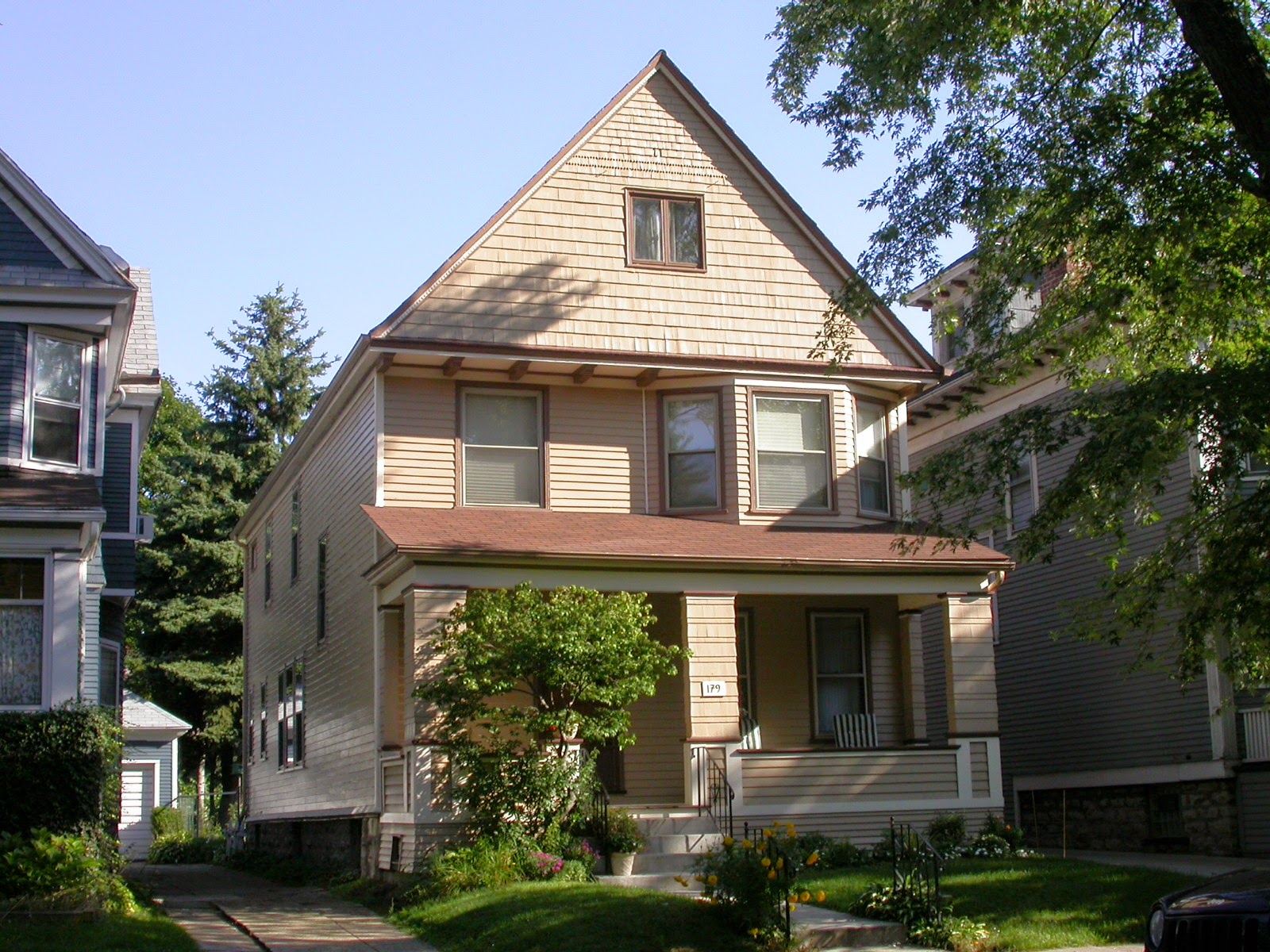Gridlocked!
There's no place to work in our basement, because all the workplaces are covered with stuff. It's getting close to being project gridlocked - or, more euphoniously, craplocked.
I have an 1899 newspaper I pulled out of a wall and don't know what to do with (it's covered with black dust and presumably worthless), half-stripped french doors that we may or may not build into the living room arch, several family "heirloom" furniture pieces to be rebuilt, 78 rpm records, Aztec radiant heaters to sell, a rusty pot-belly stove, cabinet parts for the living room, several generations worth of heavy iron tools in a variety of wooden tool chests, and more ...
That's not even counting current projects.
The work tables are covered, the shelves are full. There's no more room! Stop me before I bring home more crap!
I have an 1899 newspaper I pulled out of a wall and don't know what to do with (it's covered with black dust and presumably worthless), half-stripped french doors that we may or may not build into the living room arch, several family "heirloom" furniture pieces to be rebuilt, 78 rpm records, Aztec radiant heaters to sell, a rusty pot-belly stove, cabinet parts for the living room, several generations worth of heavy iron tools in a variety of wooden tool chests, and more ...
That's not even counting current projects.
The work tables are covered, the shelves are full. There's no more room! Stop me before I bring home more crap!






















